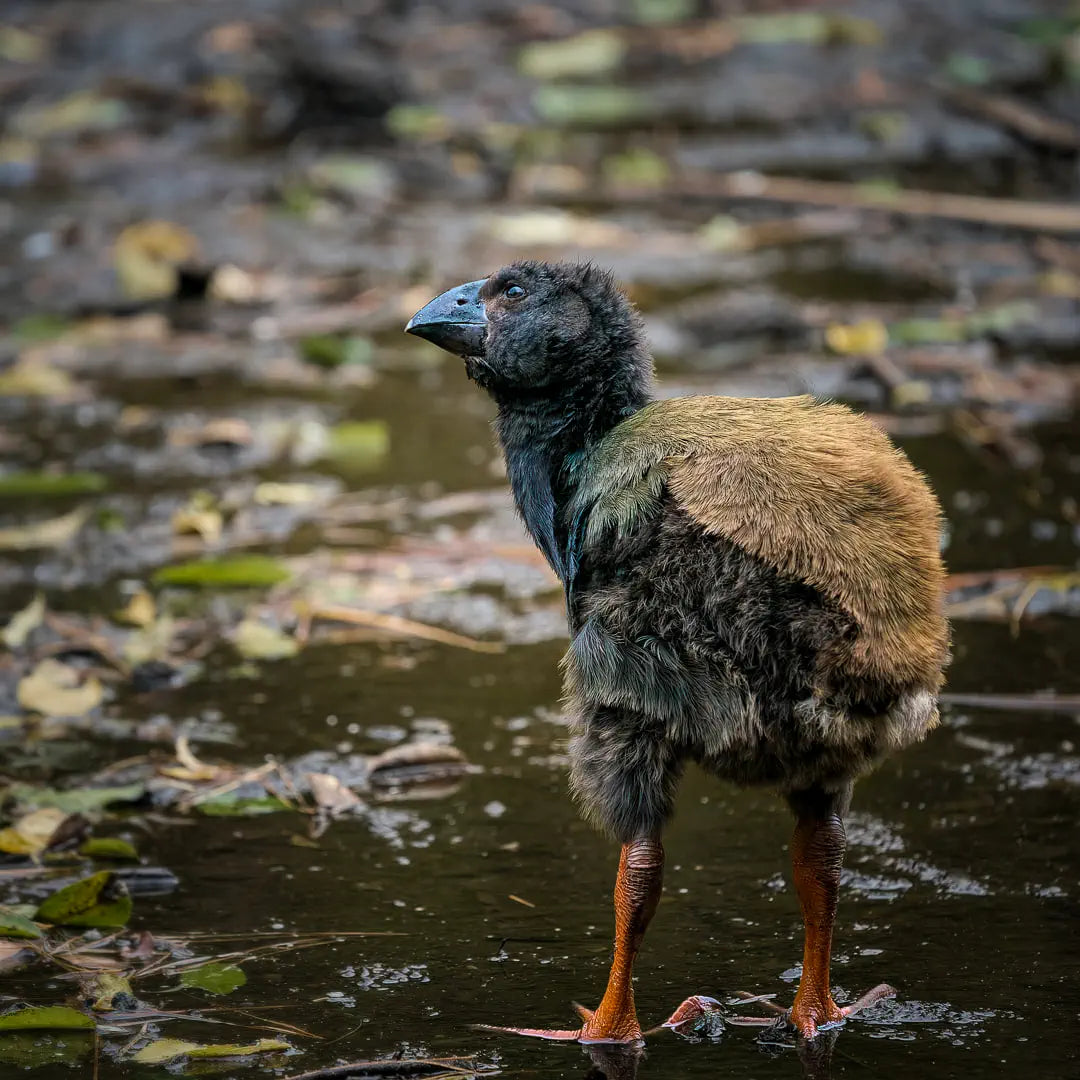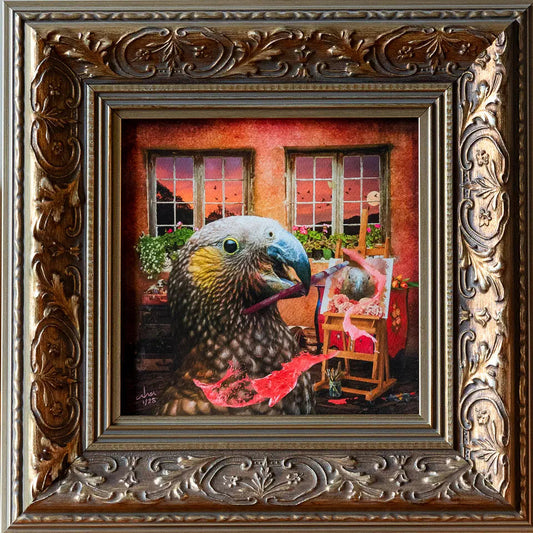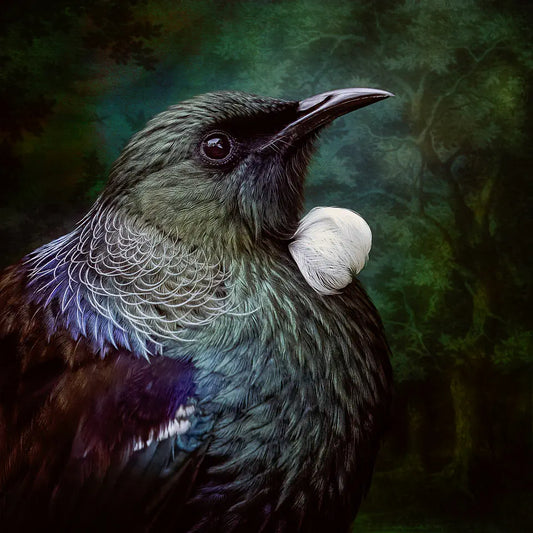
Zealandia's Takahē Chick at just over two months
Share
Yesterday we got the opportunity to visit with and photograph Zealandia's takahē chick – the first chick for the eco-sanctuary and one of only about 370 takahē left in the world. As you can imagine, every chick is precious and vital for the survival of their species. So for now, there is restricted access, but hopefully soon the general public will be able to see the chick too. (Our access was due to our roles as volunteer Sanctuary Storytellers.)
The photo above is my favourite from the shoot – I just love the look of anticipation and hope – it's certainly what I felt watching the wee chick forge her independence from her parents. And yes, I'm calling her a she, but we won't know for sure until DNA testing is done.
[Update: she's a he! And now has the name Te Āwhiorangi.]
The parents, Orbell and Nio, are busy teaching him how to forage and fend for himself. At one point, Nio even let the chick wander over to curiously check out the clowns hiding in the bushes – fortunately we were deemed acceptable and the family continued to go about their business.










6 comments
Love it Judi. Why not a children’s book?
Great memories Judi! Thanks for your incredible work.